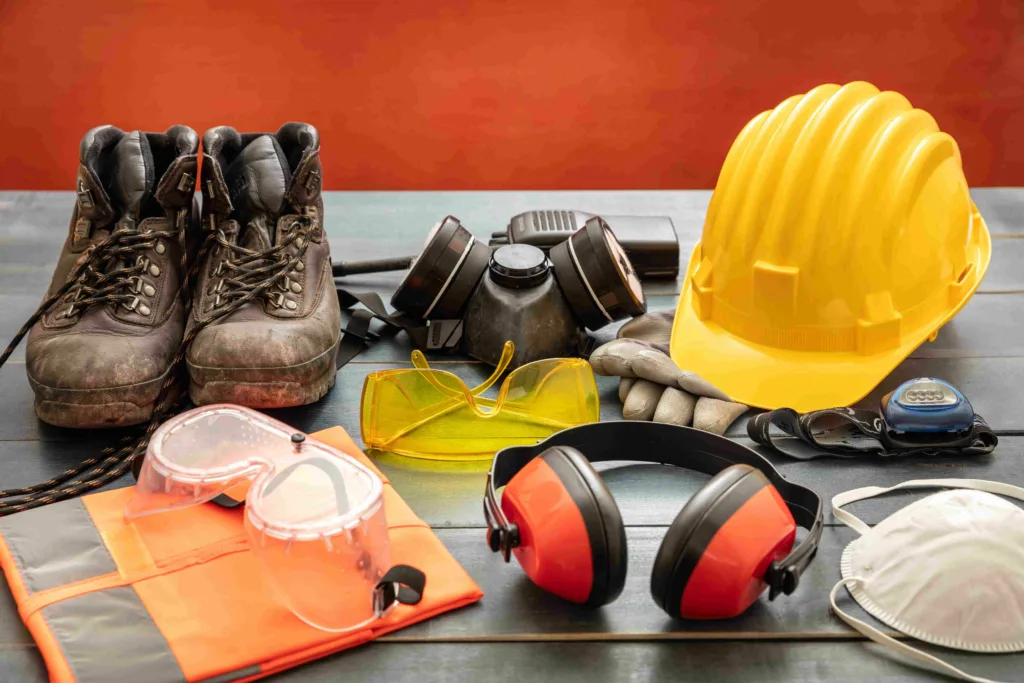Construction sites are busy and often risky places. Workers face potential hazards such as heavy equipment, high places, and dangerous materials. Ensuring safety on these sites is essential to protect workers, keep projects on track, and prevent costly accidents. While basic safety measures are widely known, additional strategies, such as pest control, can make sites even safer.
This article provides practical tips to improve safety and reduce risks on construction sites.
Build a Safety-Focused Culture
A strong focus on safety can reduce accidents and protect workers. Everyone on the team, from management to on-site workers, must understand and follow safety guidelines. Training sessions and daily safety briefings are great ways to keep everyone informed.
For example, workers should know how to use equipment properly and respond to emergencies. Supervisors can share updates on potential dangers each morning. When safety becomes part of the company culture, workers are more likely to follow rules and stay alert.
Conduct Regular Site Inspections
Inspecting the construction site is an important step before starting any project. It helps identify potential risks such as uneven ground, faulty equipment, or exposed wires. Addressing these problems early makes the site safer for everyone.
Inspections should also continue during the project. Construction sites change as work progresses, and new hazards can appear. Regular checks help managers find and fix these risks before they lead to accidents.
Inspections Keep Sites Hazard-Free
Pests like rats, mice, and insects can create safety and health risks on construction sites. Disturbing their habitats during site preparation can cause them to move closer to workers, leading to infestations or even attacks. Implementing construction site pest control measures before work begins is an effective way to address this issue.
Pest control solutions should be part of the safety plan. Start by hiring professional safety solutions partners to inspect the site and set up traps or bait stations. Seal off areas where pests could enter, such as storage units or equipment sheds. Keep waste in sealed containers and remove trash regularly to avoid attracting pests. Workers should also be reminded to keep food in secure containers and clean up spills immediately.
For instance, a project that included pest control before construction began had fewer disruptions. Workers stayed safe, and there were no delays caused by infestations.
Use Technology for Safer Sites
New technology can make construction sites safer and more efficient. Wearable devices like helmets with sensors can monitor workers’ health, such as heart rate or exposure to harmful gases. Drones can scan large areas to spot hazards like unstable ground.
These tools don’t replace traditional safety methods but add an extra layer of protection. Combining technology with proper planning ensures better safety outcomes.
Equip Workers with Quality PPE
Personal protective equipment (PPE) plays a key role in ensuring safety on construction sites. Workers need access to essentials such as helmets, gloves, safety goggles, and harnesses. It is the responsibility of managers to verify that all equipment is properly fitted and maintained in excellent condition.For example, harnesses used for work at high places need regular checks to ensure they can hold the required weight. Providing workers with high-quality PPE shows that their safety is a priority and helps prevent injuries.

Keep Work Areas Organized
A messy construction site can lead to accidents. Tools, debris, and equipment left lying around create trip hazards and block pathways. Cleaning up regularly and keeping materials in their designated places can reduce these risks.
For example, create specific storage areas for tools and equipment to avoid clutter. Labeling walkways with clear signs ensures workers can move around the site safely. These small steps make a big difference in preventing accidents and keeping the site efficient.
Prevention Cuts Costs and Delays
Accidents on construction sites can lead to high costs, including medical bills, legal fees, and project delays. Preventing these incidents is more affordable and avoids disruptions. For example, regular equipment maintenance can prevent breakdowns that might cause injuries or slow the project.
Taking safety seriously protects both workers and the company’s bottom line. When safety measures are in place, projects are more likely to stay on schedule and within budget.
Strong Safety Records Build Trust
A company known for safe practices is more likely to attract clients and skilled workers. Workers prefer to join organizations that prioritize their safety. Clients, too, look for contractors with a reputation for completing projects without incidents.
For example, a company that holds regular training sessions and invests in worker protection may be viewed as more reliable. This reputation can lead to more business opportunities and long-term growth.
Conclusion
Improving safety on construction sites is critical for protecting workers and ensuring successful projects. Measures like fostering a safety-first culture, conducting regular inspections, and using advanced tools help create a secure environment. Adding pest control to the safety plan can prevent health risks and reduce the chance of infestations disrupting the project.
When safety is treated as a priority, everyone benefits. Workers feel valued, projects run smoothly, and companies avoid costly delays. Taking these proactive steps strengthens a company’s reputation and paves the way for continued success in the construction industry.



